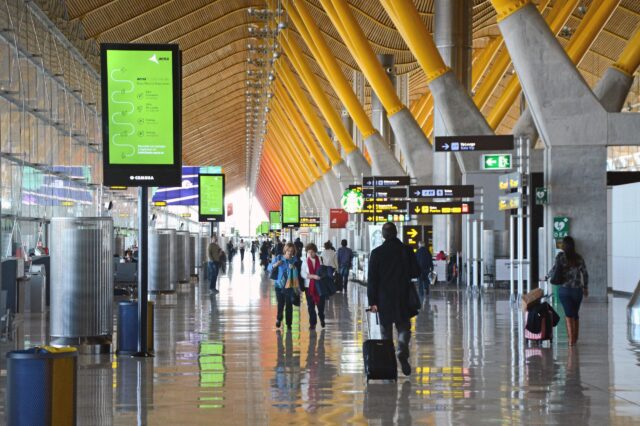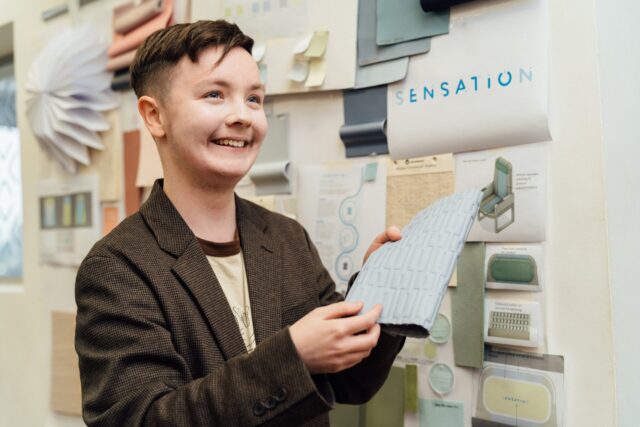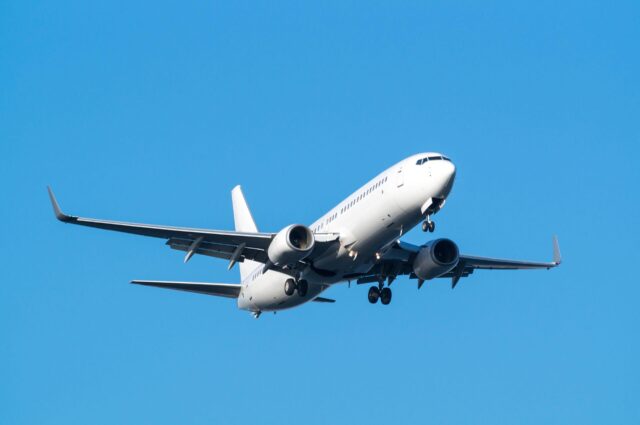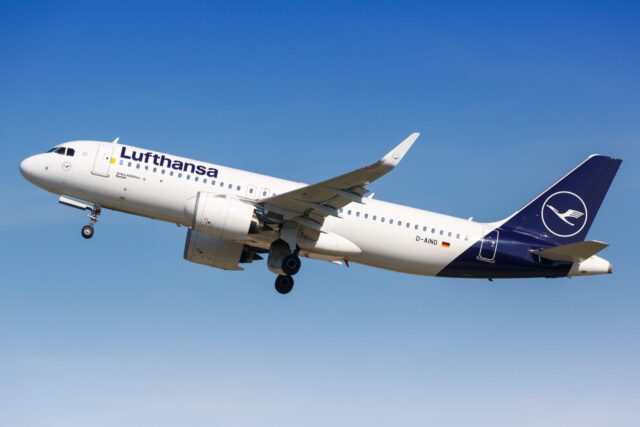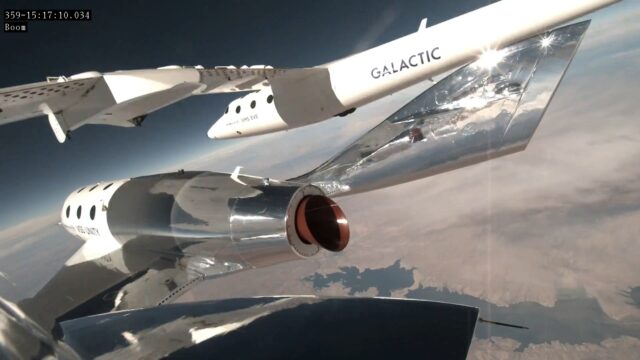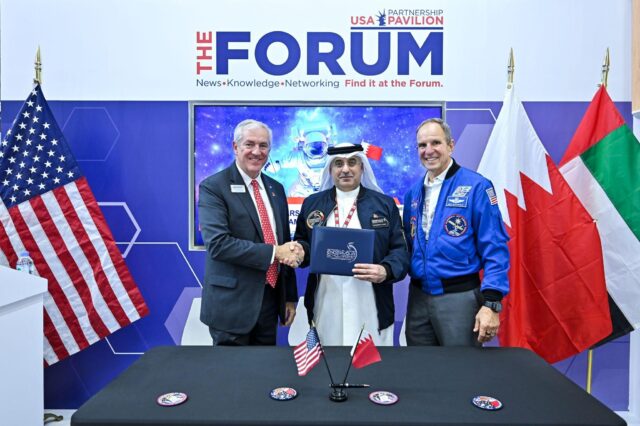Safran ENGINeUS motor achieves landmark EASA certification
February 4, 2025

After four years of collaborative effort, Safran has achieved EASA certification of its ENGINeUS 100 electric motor, a product it describes as “the first electric motor certified to power new air mobility” and which will be mass-produced from 2026.
Designed to “meet the varying requirements of the new mobility market,” the modular and scalable system can be integrated into multiple architectures (including all-electric or distributed hybrid-electric systems) “thanks to its compactness, lightness and its air cooling system,” explained Safran.
“This was a fascinating project for EASA, and the first test of our Special Condition designed for the certification of hybrid and all-electric propulsion,” explained EASA certification director Rachel Daeschler, who thanked Safran “for this key achievement”.
Many aircraft developers have already chosen to take advantage of the ENGINeUS 100’s unrivalled weight-to-power ratio of 5kW/kg. These include French startup Aura Aero, which made the first flight of its all-electric Integral E in December 2024, ahead of targeted type certification in 2026. The electric motor will also power VoltAero’s Cassio 330 prototype, Bye Aerospace’s eFlyer family and Diamond Aircraft’s eDA40, amongst others.
To meet projected demand, Safran Electrical & Power is preparing to mass-produce the ENGINeUS range at four semi-automated production lines in 2026. These will be located in Niort (France) and Pitstone (UK), with a scalable setup to facilitate production of more than 1,000 units a year.
Initially launching a consultation into Special Condition (SC) E-19 in 2020, EASA noted that the special condition E19 on Electric/Hybrid Propulsion Systems (EHPS) “addresses a variety of EHPS architectures and demonstrate a level of flexibility to enable technical innovation with adequate airworthiness standards for such product certification”. Safran has since been collaborating with the regulator for the last four years to, as the manufacturer explains, “define the specific airworthiness rules for electric propulsion and design the right methods to properly assess and certify it”.




